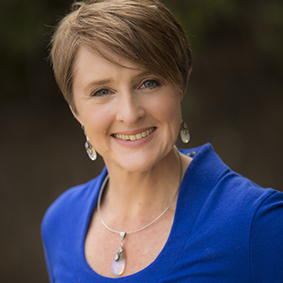I laughed and laughed. My friend and colleague Kate was driving the buggy on a wild adventure tour in Queenstown. She accelerated through the dips and had us bumping and splashing through puddles. We named our rig ‘Frank’. We yelped and hooted as Frank crawled up impossibly steep and rutted slopes. My stomach ached from the laughing.
There were 23 of us on a leadership retreat. Reflection, sharing, and fun were all part of the program. As independent consultants, it’s the closest we can get to team culture: we are a network of peers supporting each other. Even solo professionals need people to be their best.
Leadership is not a solo activity. We accomplish nothing except with others.
And yet we often take for granted the relationships central to the delivery of any goal. We allow relationships to evolve on their own, like a stream meandering, curling away from obstacles.
In This is Marketing, Seth Godin says, “Culture beats strategy – so much that culture is strategy.”
Yet how many organisations prioritise culture? It’s an after-thought, taken for granted. Until things go pear-shaped.
The core of culture is found in the interactions of smaller teams. The bonds in smaller groups form the tissue, the muscle, that build the organisational body.
These kinds of bonds are forged through unique, shared experiences. These bonds hold us tight, and help us fly, boundless.
Powerful experiences rarely occur spontaneously. The savvy leader plans team experiences to give her team the opportunity to forge lasting connections.
Here’s my five points for building experiences for boundless teams:
- Location. Stunning vistas in nature are the key. Being in sight of natural beauty calms the nervous system and reminds us that life is short, sweet and to be savoured. It’s a great recalibration to what matters most in life, and in business.
- Narrative Arc. Every team experience needs a story to frame its purpose. This story shapes the activities, the group discussions, and keeps the events meaningful and purposeful.
- Space. It’s tempting to cram experiences with activities and facilitated sessions. I have found that people in teams need breathing space to adjust to their surroundings, process their thoughts, and simply be. There is value in allowing a schedule with emptiness. This is where the richness of relationships can stew. Conversations in the gaps is where we open our hearts and feel closer to one another.
- Activity. In all things there are polarities! With space, we also need activity. We can engage the body in shared movement. On our New Zealand trip we did a quad bike and buggy adventure, a speedboat burn through a river gorge, and a trip to hot pools overlooking the Shotover river. High adrenaline and soothing relaxation. A fun balance!
- Service. I love Adam Grant’s tenets in Give and Take. His main assertion is that successful people are givers, with a special caveat. Not only do they give generously of their time, energy, knowledge, they also seek help for themselves. They are ambitious for others, as well as for themselves. This is a wonderful principle to include in any experience design: what can each person receive, and what can each person give? Being able to give and receive generously is a healthy leadership practice. This is not as an equation but as a feeling of flow, like a lake that is refreshed and kept healthy with one stream flowing into it, and somewhere else, a stream flowing away from it.
A New Zealand adventure is a glorious thing. Not all team experiences need this scale. A walking meeting in the local park can work just as well. Be intentional with your team experiences and soon the seeds of boundless teams will surely sprout.
What experiences with a team have fundamentally shifted your experience with your colleagues? What were the key ingredients that made it special?
***


